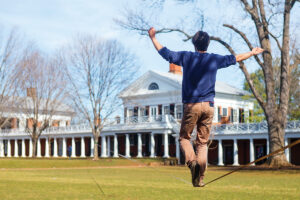Rotunda and Academical Village
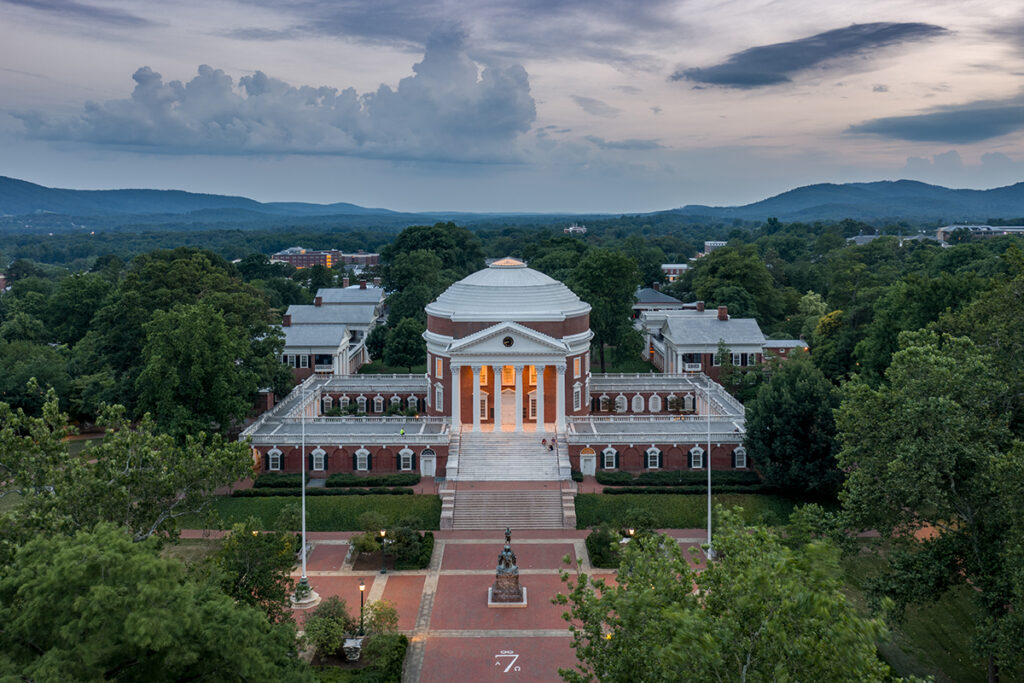


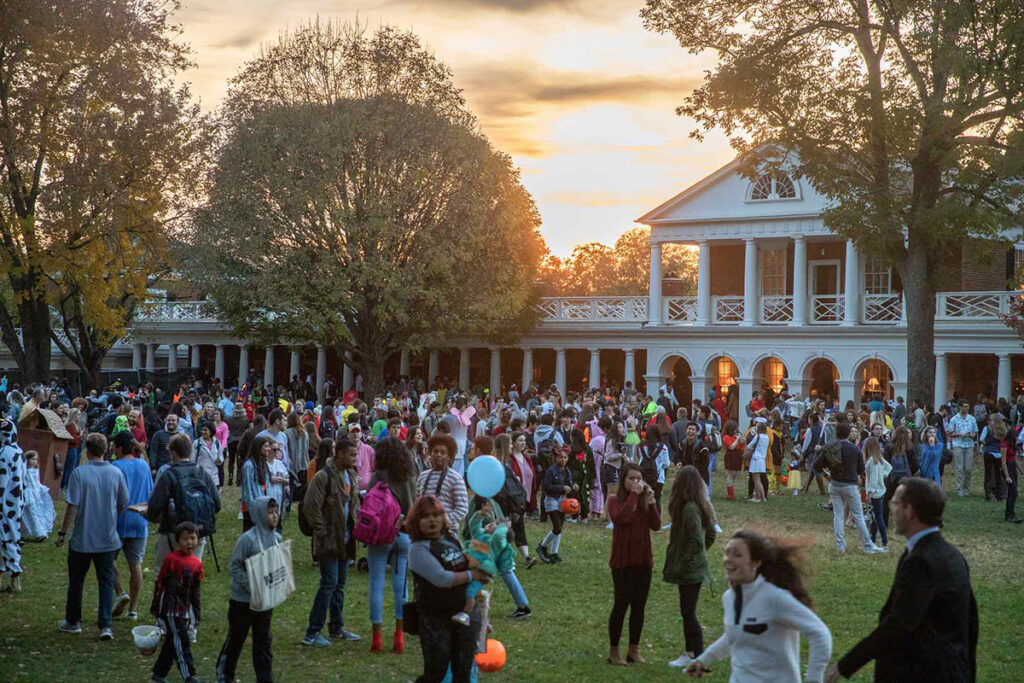
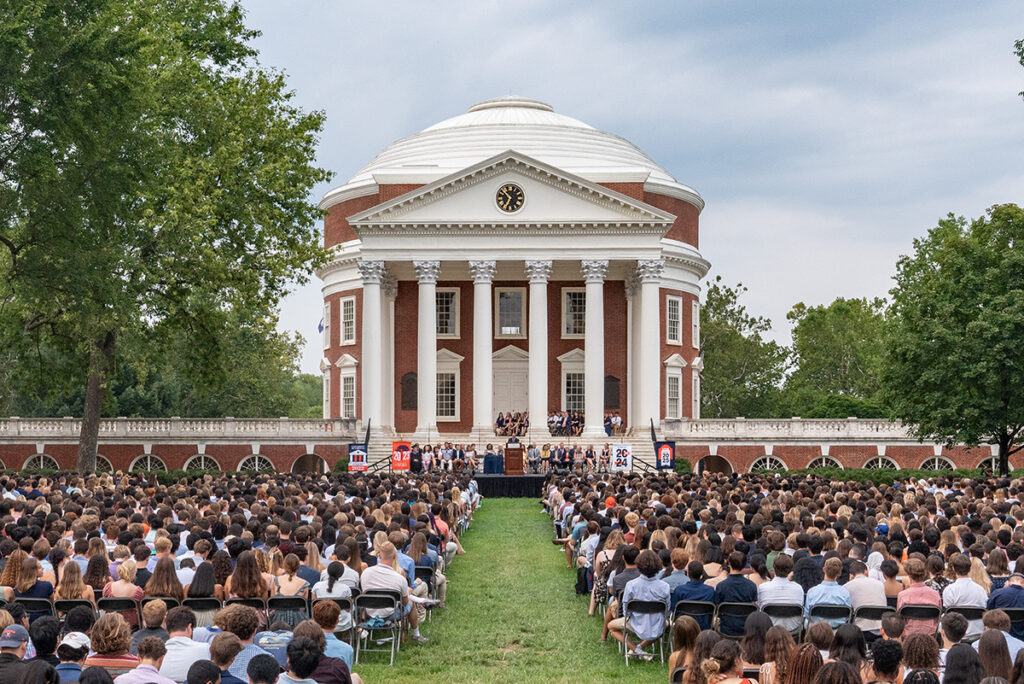
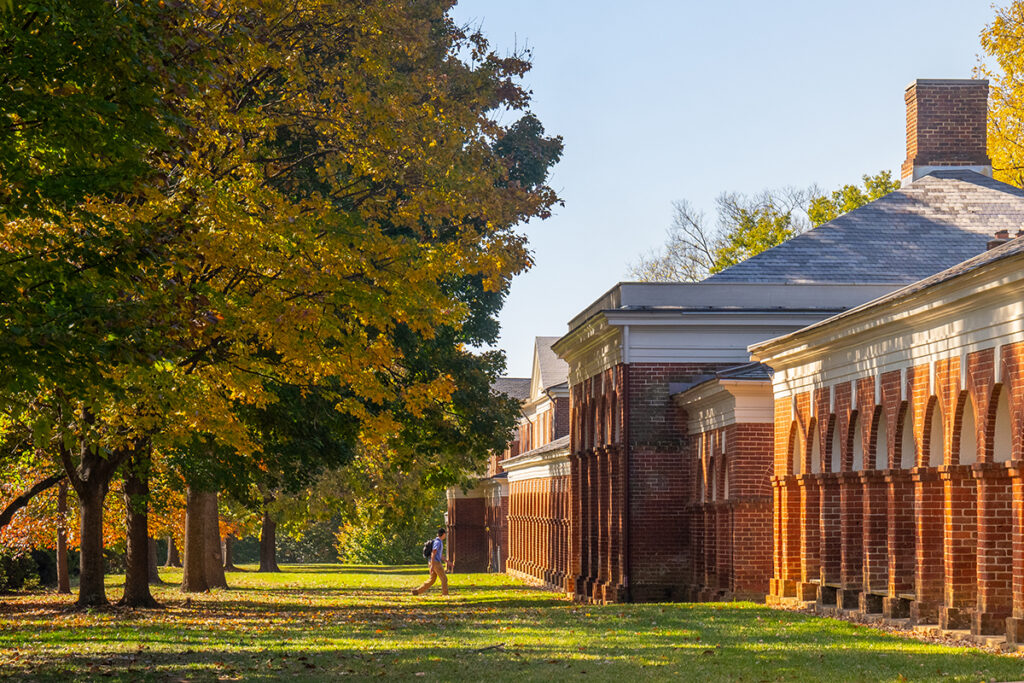
“this institution will be based on the illimitable freedom of the human mind. for here we are not afraid to follow truth wherever it may lead, nor to tolerate any error so long as reason is left free to combat it.”
~ Thomas Jefferson
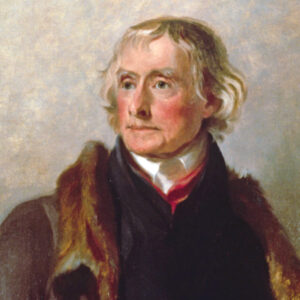
President Thomas Jefferson founded the University of Virginia in 1819. Jefferson – who lived nearby at his mountaintop home, Monticello – was deeply involved in the creation of the University, planning the curriculum, recruiting the initial faculty and designing what he called the Academical Village, a tidy arrangement of residential and academic buildings around a rectangular and terraced green space called the Lawn. Jefferson’s vision was to create a university offering courses of study in professions beyond religion and politics – the first of its kind in the United States. When it opened for classes in 1825, the eight-person faculty taught ancient and modern languages, moral and natural philosophy, chemistry, law and medicine.
In 1987, the Academical Village, which includes the Rotunda, Lawn and Range rooms, hotels, gardens and pavilions, was recognized for its cultural and architectural importance as a UNESCO World Heritage Site. Today the Academical Village maintains its functional integrity and still serves its original purpose.
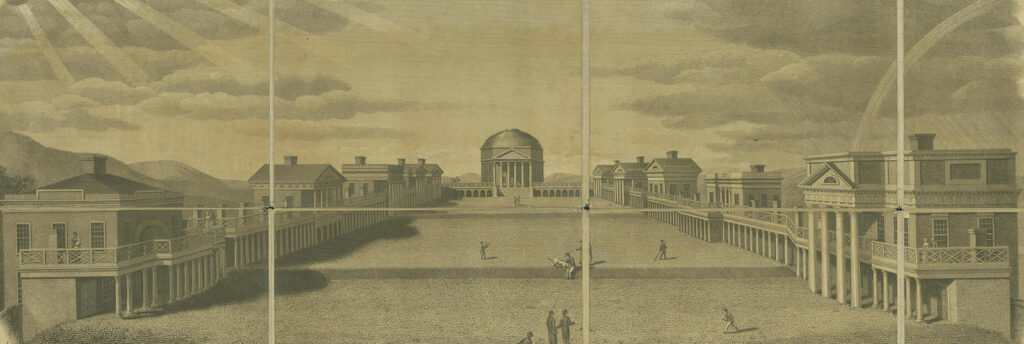
Henry Tanner’s 1826 engraving of the Academical Village
Rotunda
The focal point of the Academical Village is the Rotunda, which stands at the north end of the Lawn. Jefferson designed the building, modeling it on the Pantheon in Rome—though at half its diameter and height. Originally the University of Virginia’s library, the Rotunda today is the most recognizable symbol of the University.
Over the years, the Rotunda has seen some dramatic changes. In October 1895, a fire gutted the building, leaving only the brick walls intact. The rebuild sported a new interior, and the original three-story layout was reduced to two.
In the 1970s, the Rotunda was renovated to align more closely with Jefferson’s original vision. The U.S. Bicentennial Committee recommended that the Rotunda restoration be the nation’s top architectural preservation priority. The Rotunda reopened with three stories and original room plans during the 1976 Bicentennial celebrations on Thomas Jefferson’s birthday—April 13. During the most recent renovation completed in 2016, workers discovered a chemical hearth, part of an early science classroom, and maybe one of the oldest academic chemistry labs in the United States.
With the restoration, today, the Rotunda is once again a living part of the University while still reflecting its place in history. Some doctoral students defend their dissertations in the North Oval Room; special events and lectures are held inside the Dome Room. The Visitor’s Center contains nine interpretive wall panels, several of which discuss slavery at the University (Rotunda Hours and Visitor Information).
The Pavilions & Lawn Rooms
Students and faculty live and learn within the Pavilions and rooms surrounding the perimeter of the Lawn. Each of the 10 Pavilions has a unique design intended to serve as an example of a specific architectural style. Every year, rising fourth-year students apply to live in one of the 54 Lawn rooms, which remain coveted living quarters despite the lack of air conditioning and private lavatories.
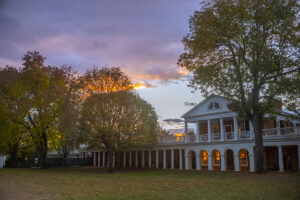
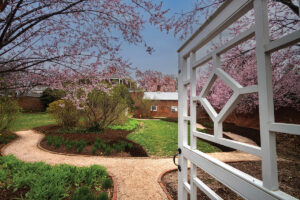
Pavilion Gardens
Open to the public when events are not being held, the Gardens offer little alcoves to escape the bustling University and provide a glimpse of early University life. Like the Pavilions themselves, each garden reveals a unique design and layout. The physical beauty of today’s serene gardens repaired and transformed in the 1950s and ’60s are areas that obscure the gardens 19th-century history as workspaces where professors, students and the enslaved lived and interacted.
The Lawn
Symbolic and idyllic, this grassy expanse between the Pavilions remains one of the best-loved spots for students and faculty to gather on Grounds. Used as an informal classroom, sports field and picnic spot, the Lawn becomes a centerpiece during Graduation, officially known as “Finals.” Statues of George Washington, Thomas Jefferson and a prominent sculpture entitled, Blind Homer With His Student Guide, are found towards the southern end of the Lawn.
